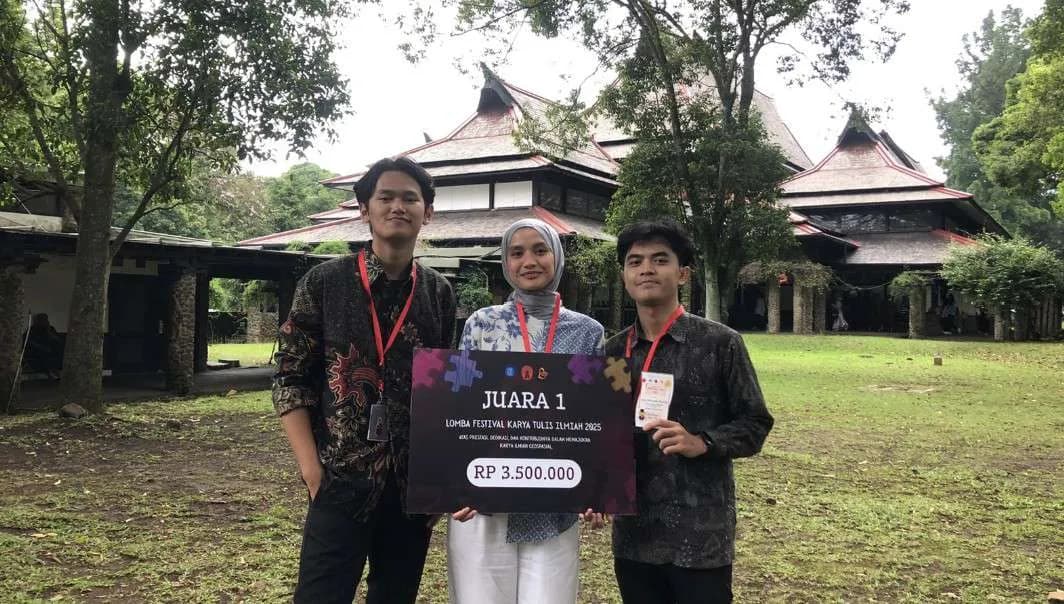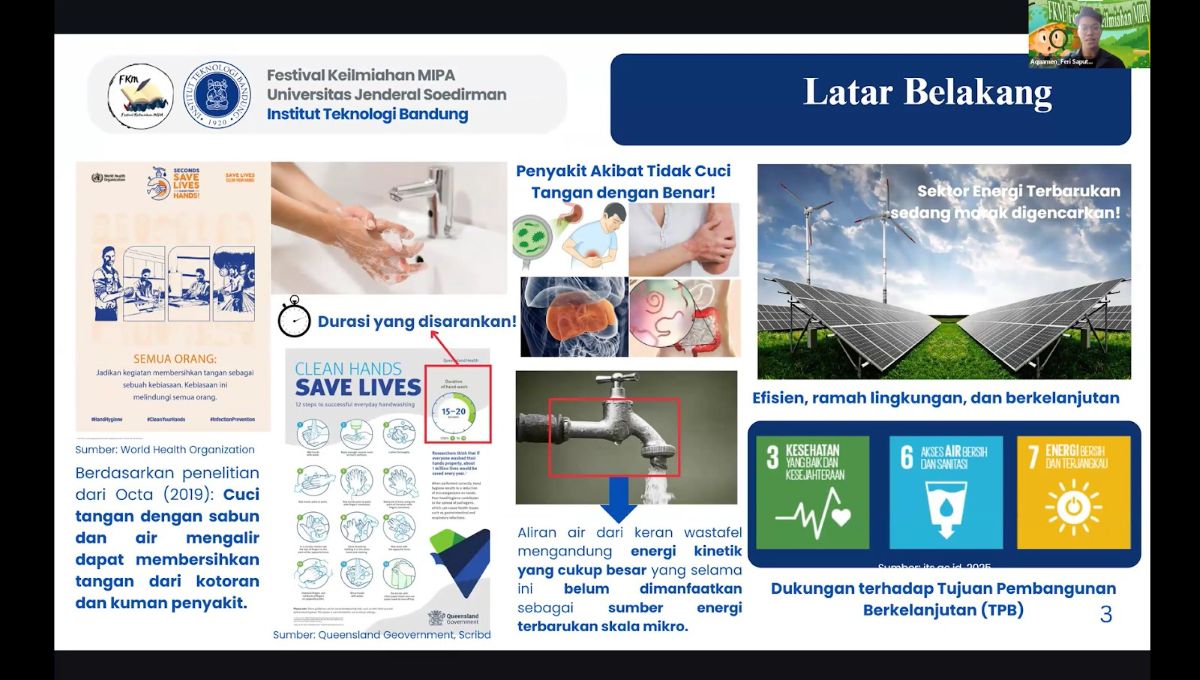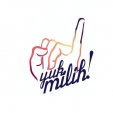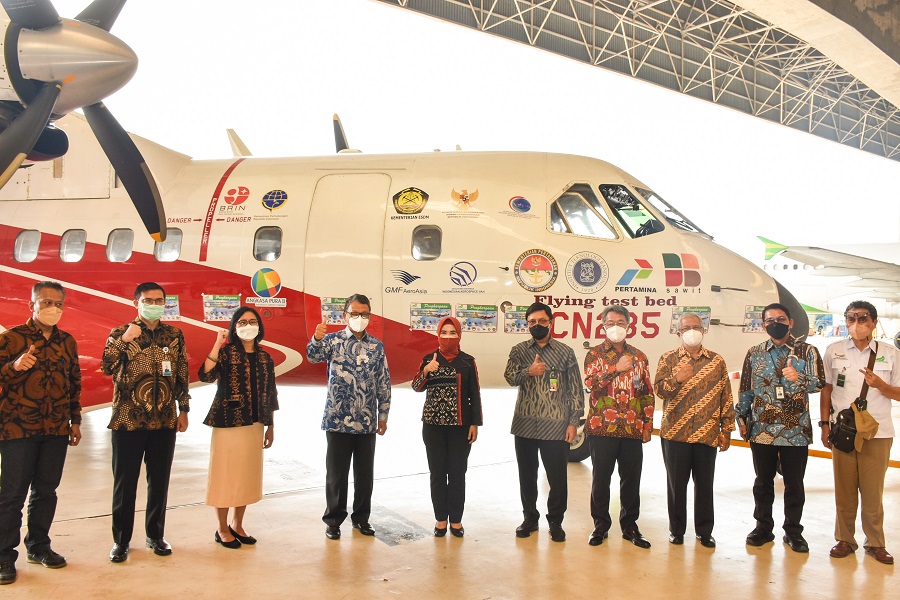6 ITB Students Won an International Ultra-Cold Container System Design competition
By Adi Permana
Editor Adi Permana

BANDUNG, itb.ac.id – Six ITB students, five from the Undergraduate Study Program in Engineering Physics and one from the Undergraduate Program in Pharmaceutical Science and Technology, have won an engineering design competition held by ASHRAE Setty Family Foundation Applied Engineering Challenge.
The team's members are Axel Dawne (13319076), Febricetta Zahraketzia Sarwono (13319080), I Made Wirarathya Putramas (13320012), Joel Fredericko Sumbowo (13319024), Farhan Afdhalul Ihsan (13319085), and Kanita Pramesware (10719015). The theme that was chosen for the 2022 ASHRAE competition is designing an ultra-cold refrigeration system (8/8/2022).
The spread of the COVID-19 pandemic has made the vaccine delivery process one of the most prioritized challenges. According to the reported data, around 10 percent of the vaccine are damaged during the delivery process due to temperature fluctuation.
Wanting to create an answer to this problem, ASHRAE facilitated students to design a 40L container that can handle global shipping and maintain a stable temperature of -70?. A refrigeration system that is to be designed also needs to consider other variables such as humidity, portability, and outdoor conditions to ensure the best environment for the vaccine. The six students then designed their refrigerator system based on the concepts of adaptability and efficiency.
"The design concept is designing an adaptable and efficient reefer. Adaptability here means that the reefer can be operated in various types of environments. Then for the reefer to be efficient in its energy consumption, we carried out some interventions and modifications," Axel explained.
The modifications that were carried out cover three aspects, system control, construction material, and energy source. The Reefer that they designed utilizes a neural network and uses heat-proofing materials. In terms of its energy consumption, the reefer combines electricity and renewable energy sources.
The idea behind their design came when they were doing some brainstorming with research groups from Engineering Physics Study Program and Pharmaceutical Science and Technology Study Program that was represented by Kanita (10719015). Satset Team admitted that they were inclined to use the observe-copy-modify method so that they would not need to start from scratch. Some members of the Satset Team said that "We look for references on low-temperature delivery, on its air circulation, material, insulation, machine, and energy source that is used to operate the machine. In addition to the refrigeration system aspect, the vaccine characteristic and stability also need to be considered when designing an appropriate reefer."
Based on the literature study that they carried out, there is no existing container refrigeration system that can maintain a constant temperature of -70?. Most of the reefers that are available on the market will set a temperature target of less than -70? and then slowly turn off their cooling system. This kind of mechanism is considered to be less effective due to its unstable control system.
"During our brainstorming and literature study on the very low-temperature containers, we found a design that is suitable for our project. However, for our final design we put more emphasis on energy efficiency by modifying the control system and power supply," said Febricetta, representing her colleagues.
Reporter Hanifa Juliana (Urban and Regional Planning, 2020)
Translator: Favian Aldilla R (Civil Engineering, 2019)

.jpg)
.jpg)

.jpg)
.jpg)



